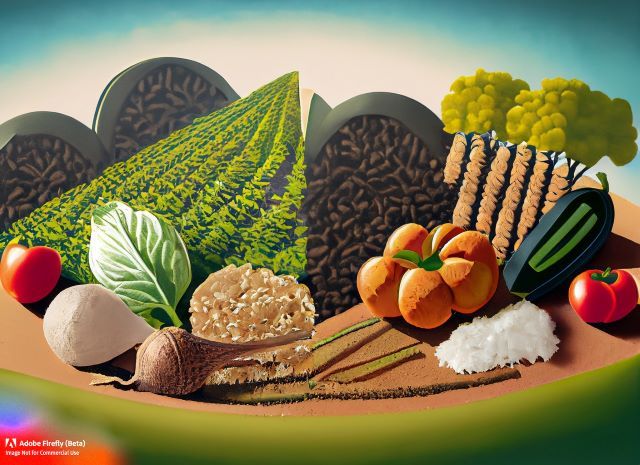The Milpa: An Ancient Agricultural Practice with a Nutritious Bounty
Discover the nutritional bounty of the milpa, a sustainable farming system used by indigenous communities in Mesoamerica for thousands of years. Learn about the diverse crops, wild plants, and animals that contribute to a balanced diet, including cuitlacoche, elotero, quelites, and chapulines.





